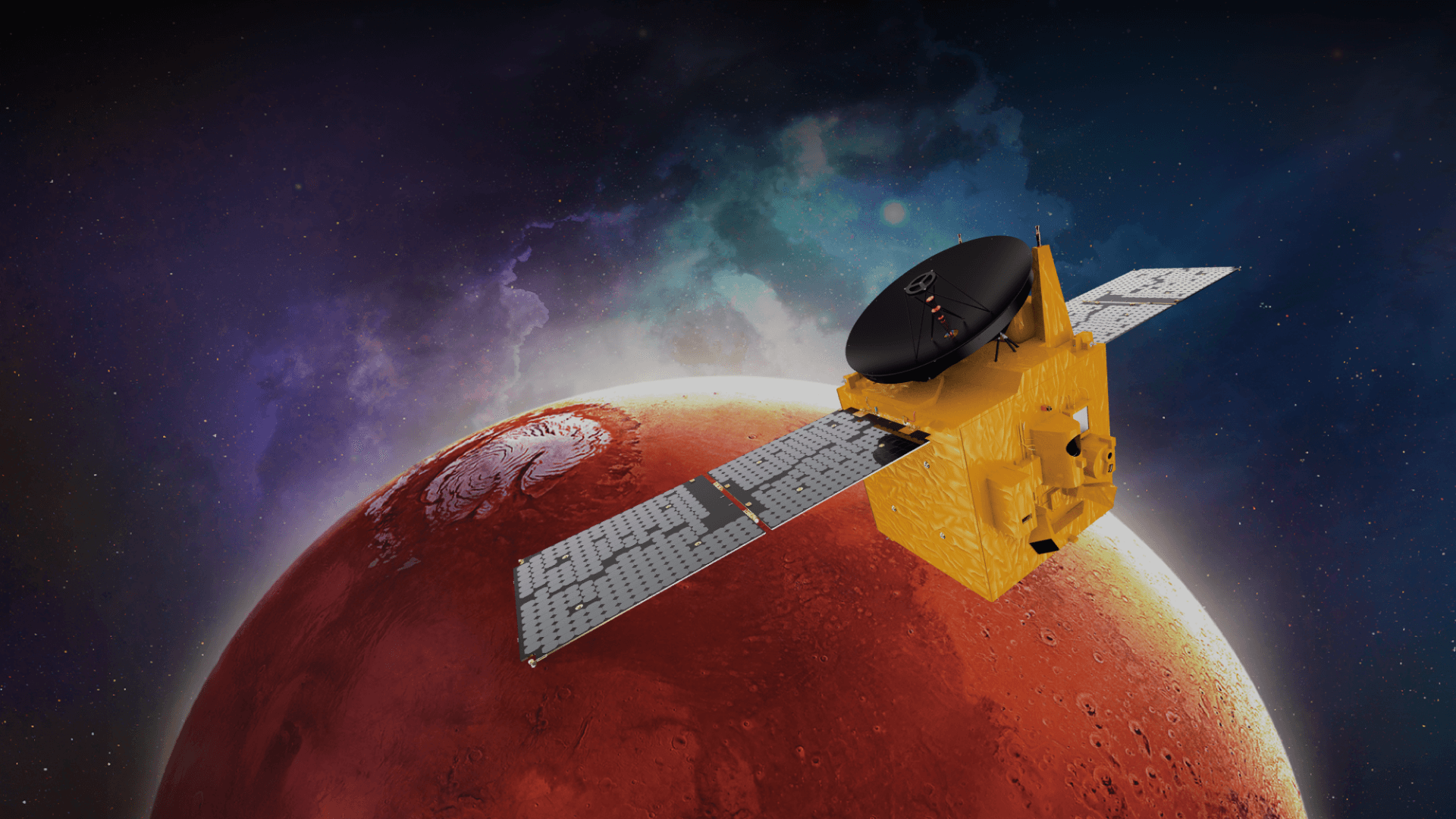
The Hope Probe is UAE’s and the Arab region’s first mission to Mars. After orbiting Mars since February, there is a lot that Hope can tell us about the red plant. The United Arab Emirates (UAE) Mars probe has captured never-before-imaged pictures of auroras around the Red Planet and the country’s space agency shared those photographs.
What is the Hope Probe up to?
The Hope Probe took off last year in July and has been orbiting Mars since February. The main focus of the mission is to study the weather dynamics of the red planet. The probe correlates the weather conditions in the lower and upper atmospheres of the planet. This helps in understanding how the weather changes through the escape of oxygen and hydrogen into space. With these values, scientists can understand why the planet lost most of its liquid water and early atmosphere. Hope Probe will also help scientists make the first-ever portrait of the martian atmosphere.
What’s so special about the Martian auroras?
The orbital probe picked up data during the past month. According to the UAE Space Agency‘s website, it includes far and extreme ultraviolet auroral emissions which have never been imaged before at Mars.“The beacons of light that stand out against the dark nightside disk are highly structured discrete aurora, which traces out where energetic particles excite the atmosphere after being funneled down by a patchy network of crustal magnetic fields that originate from minerals on the surface of Mars,” stated the agency.
Auroras on Earth are seen only near the poles. However, the martian auroras were seen all around the planet. This is because, unlike the Earth, the red planet’s magnetic field has mostly died out. It is due to the cooling of the molten iron in the planet’s core. Although, Mars’ crust retains some magnetism despite having hardened billions of years ago.
After all, auroras are caused when solar winds enter the planet’s atmosphere. The ‘solar winds’ contain charged harmful particles. However, a planet’s geomagnetic field protects them. Earth has auroras near the north and south poles because these are the only regions where solar wind particles can stream down. These particles react with the gases and display a spectacular range of colors and lights in the night sky.
